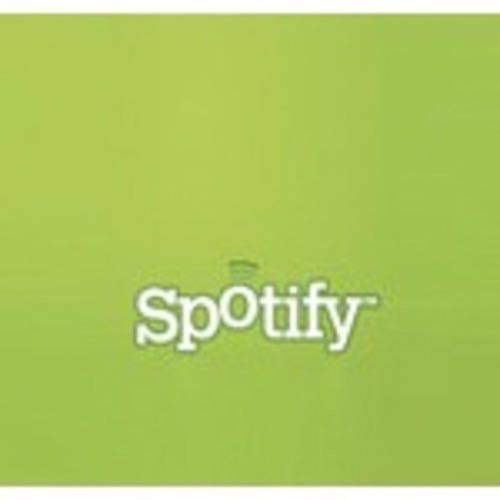When Spotify first launched in the U.S. over the summer, few doubted that the service would be popular among music fans. The real question has always been whether the company’s freemium business model would manage to convert enough users to paying subscribers. It’s still relatively early, but so far things look promising.

More than 3 million people are now paying to use Spotify, according to the Financial Times. That’s a conversion rate of more than 20%, a figure that has reportedly increased by 5% since the service hit 1 million users last year. In other words, not only is Spotify itself growing, but the rate at which people sign up for a premium or unlimited account is also increasing.
This overall growth has been fueled in no small part by the company’s partnership with Facebook, which enables the kind of super-tight, frictionless integration that the social networking giant has been pushing since f8 last March. The flood of “so-and-so listened to such-and-such” news ticker updates may be too much for some people, but the partnership has succeeded in putting Spotify’s brand and functionality in front of millions of potential new users.
It also doesn’t hurt that the six-month window of unlimited, free streaming music for new users has begun coming to a close for the service’s earliest U.S. adopters. As that happens, those who are truly hooked on the service are forced to either put up with listening caps or cough up $5 per month to remove them. The company hasn’t said what percentage of those paid users have opted for the pricier “Premium” account, which allows for mobile streaming in addition to stripping out ads and listening caps.
This isn’t to say that there aren’t still major, outstanding questions about Spotify and the viability of the all-you-can-stream model it shares with the likes of Rdio and MOG. The music labels are evidently happy enough with the arrangement to stay on board for now, but the artists are a different story.
The streaming services pay out notoriously low royalty fees to artists, some of which have begun to question the value in being on the service. Sure, it’s a great way to promote one’s music, but it may not be economically advantageous for artists, especially if it ends up hurting record sales.

















